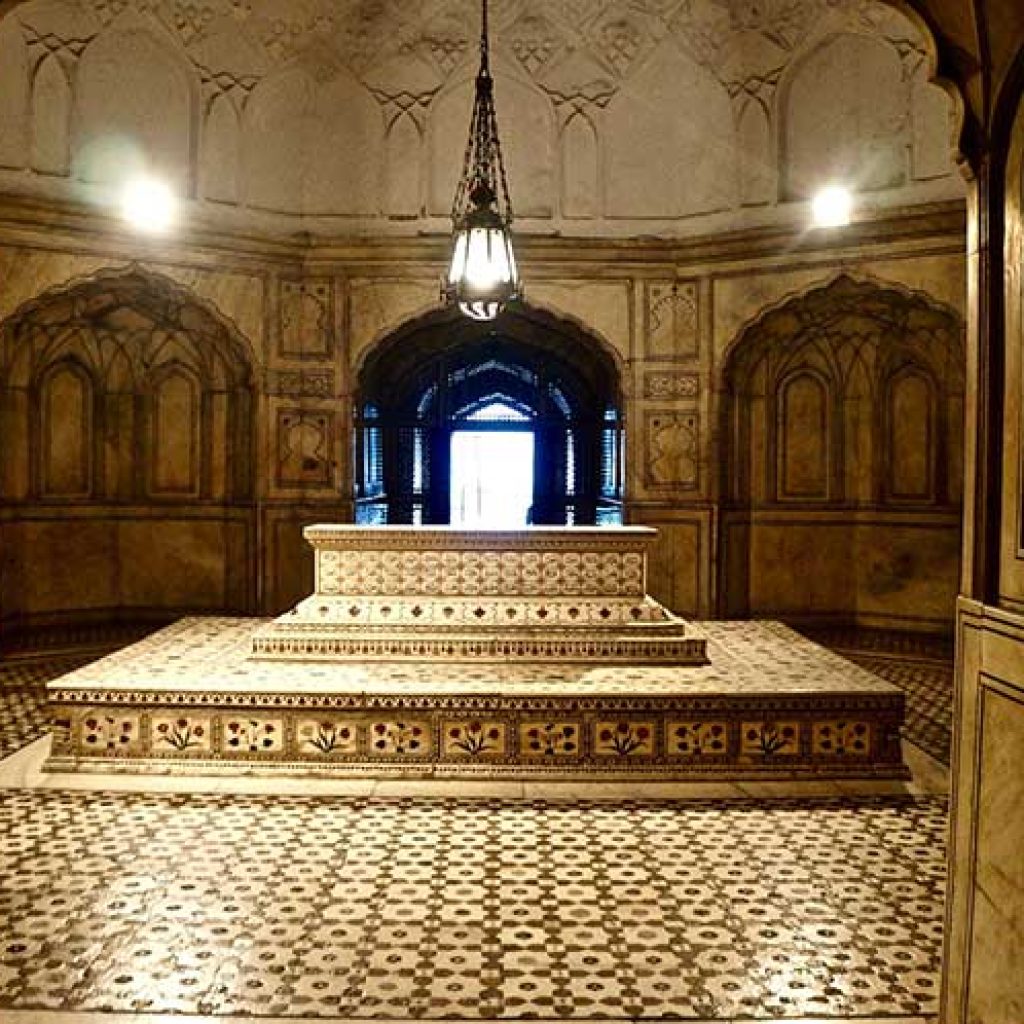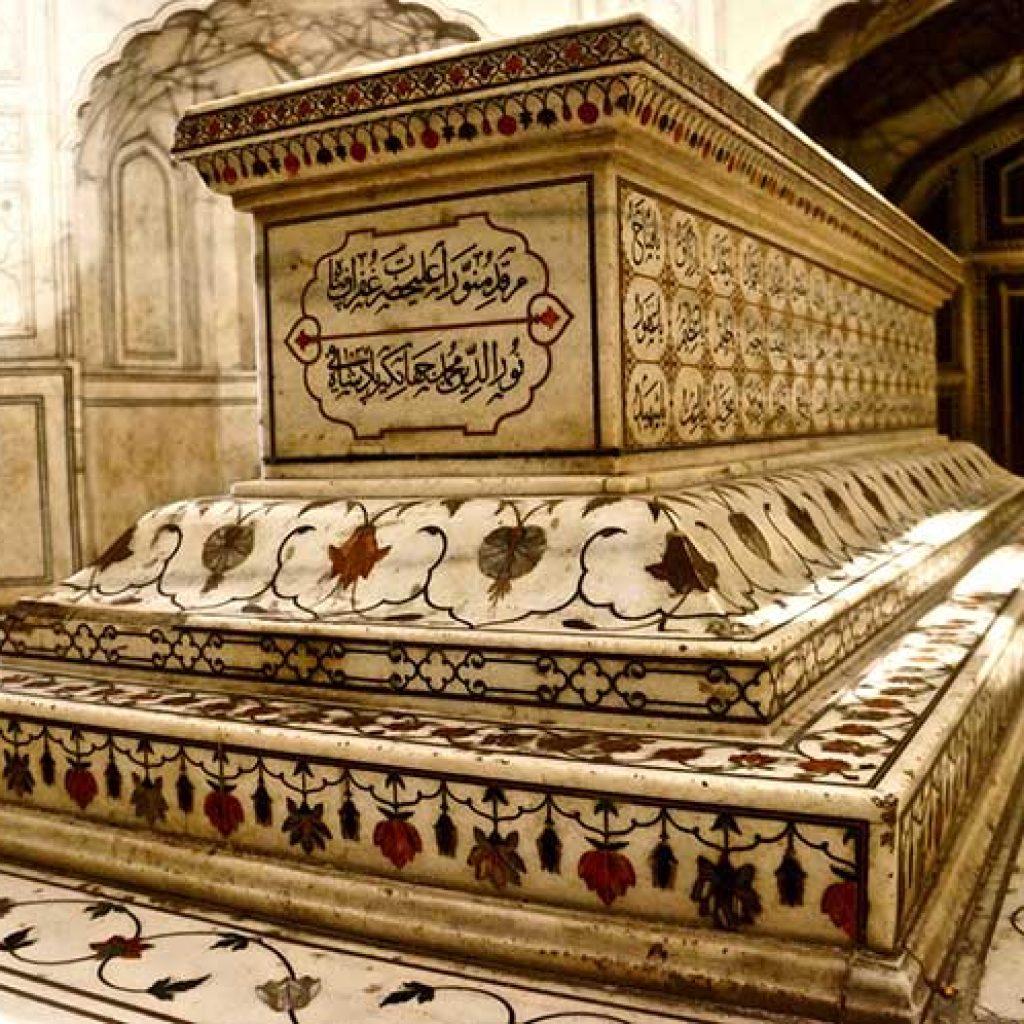Jahangir’s Tomb is a mausoleum located in Lahore that was built in honor of the Mughal Emperor Jahangir. The tomb is a beautiful example of Mughal architecture and is a must-visit for history buffs and architecture enthusiasts.
Jahangir’s Tomb Location
The tomb’s location on the banks of the Ravi River adds to its scenic beauty. Visitors are drawn to its intricate detailing, elegant gardens, and the historical significance it holds as the final resting place of Emperor Jahangir, one of the great Mughal rulers. The site is not only a testament to Mughal art and culture but also a popular historical and tourist attraction in Lahore, Pakistan.
Features of Jahangir’s Tomb
Tomb features an exquisite Mughal architectural design that reflects the artistic and aesthetic sensibilities of the era. Some key design elements include:
- Square Layout: The tomb is constructed on a square plan, with each side measuring approximately 267 feet, giving it a balanced and symmetrical appearance.
- Red Sandstone: The main structure is built primarily from red sandstone, a common material in Mughal architecture, which gives the tomb its distinctive warm color.
- White Marble Inlay: Intricate white marble inlay work adorns the exterior, with floral and geometric patterns, Quranic verses, and other decorative elements, showcasing the mastery of Mughal craftsmen.
- Four Minarets: Each corner of the tomb is adorned with tall minarets, providing a sense of grandeur and vertical emphasis.
- Chahar Bagh Garden: Surrounding the tomb is a meticulously designed Chahar Bagh (four-part garden) layout, with pathways, water channels, and fountains, adding to its visual appeal.
- Onion Dome: The central dome of the tomb is bulbous or onion-shaped, a common feature in Mughal architecture, and it is crowned with a lotus finial.
- Interior Decor: The interior of the tomb houses the cenotaph of Emperor Jahangir, adorned with intricate floral patterns and Quranic inscriptions. The actual burial chamber lies beneath.
- Influence on Later Architecture: Jahangir’s Tomb, with its combination of red sandstone and white marble, has influenced many later Mughal architectural works, including the Taj Mahal.




0 Comment